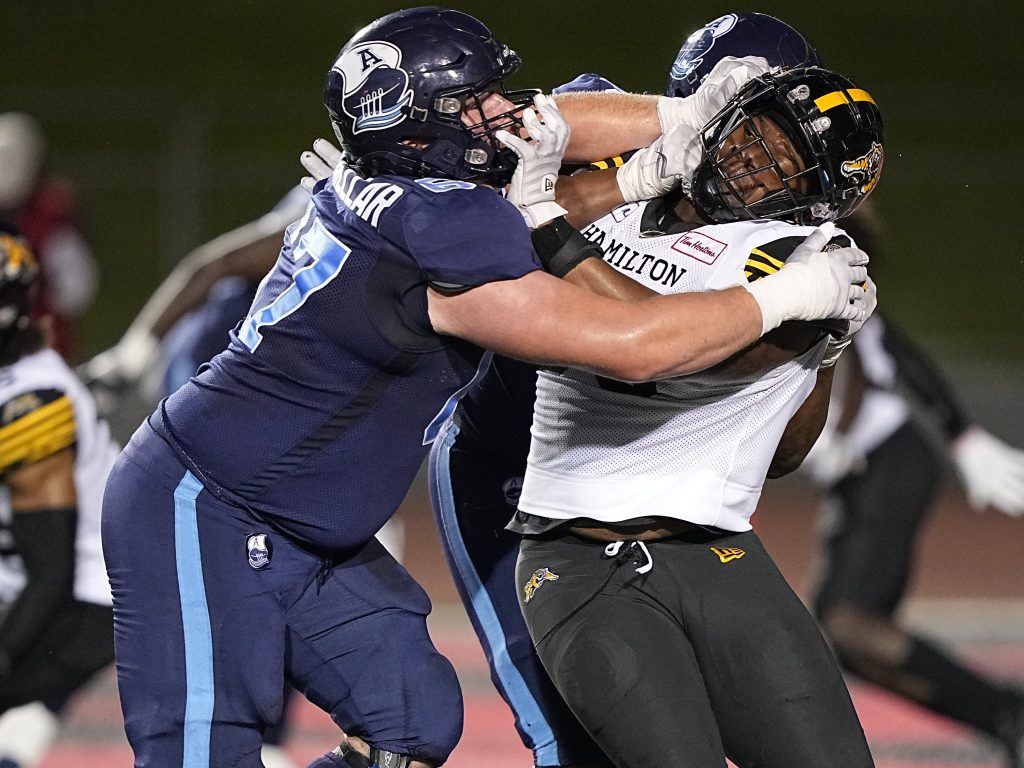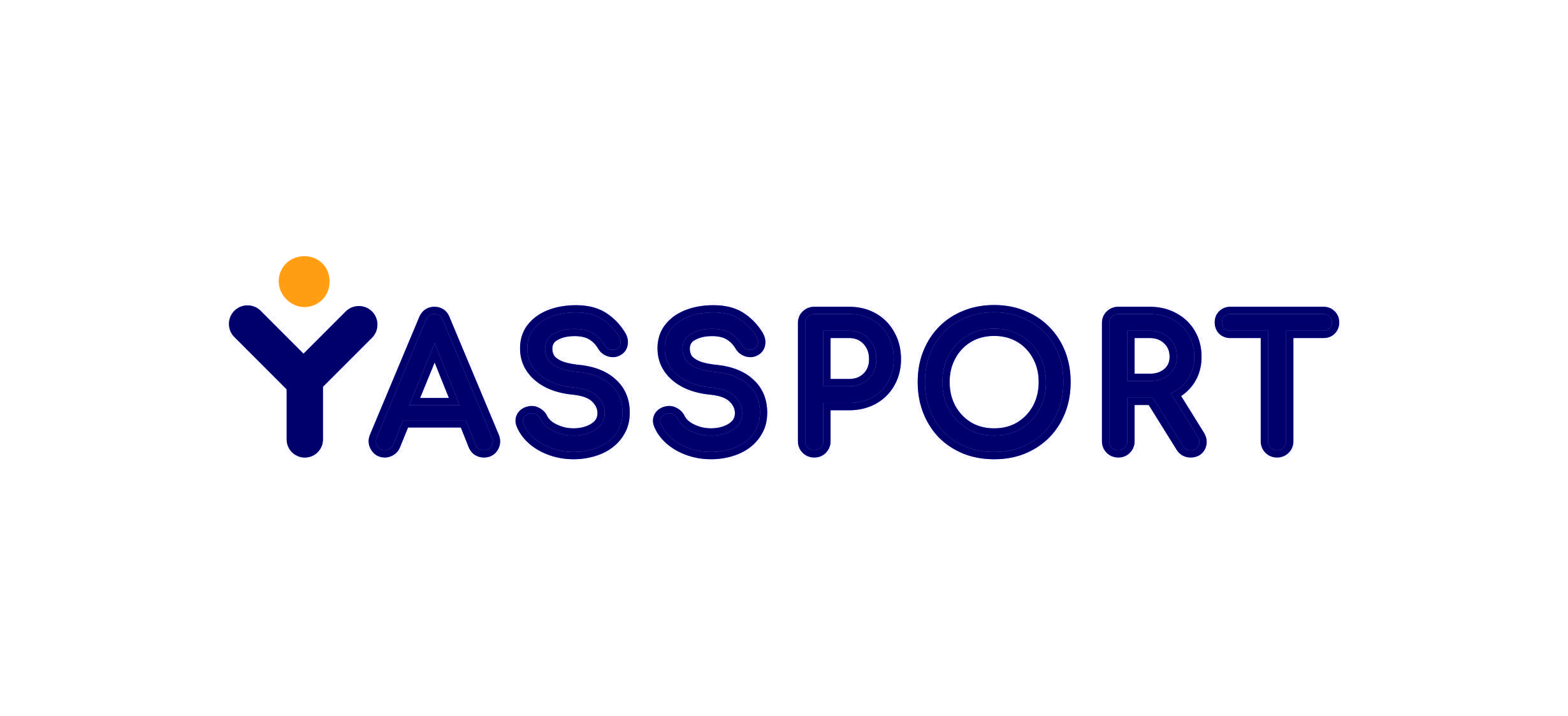Blockchain technology can manage the likeness rights of amateur athletes. This op-ed by Heirloom’s Joseph Bradley.

Every aspect of modern life is going fully digital. This is causing our expectations about the ways we interact with the “old economy” to shift dramatically. Sports, however, has been extremely slow to adapt when compared with other industries. Momentum is now building, in both amateur and professional sectors. And while sports tech is a fast-growing category, sports will have to do more than just “get an app” to survive and thrive.
Web3 infrastructure is the key to unlocking new digital markets for sports. These new rails also provide compelling solutions to historical problems in marketing, sales and sponsorships as well as for franchise and venue operations. There is a robust conversation taking place right now about a generational opportunity to reshape outdated distribution models and create a more equitable and transparent system. It’s important to understand the choke points, progress to date and roadmap toward a level playing field.
Joseph Bradley is head of business development at Heirloom, a software-as-a-service startup building tools that make it easy for enterprises to enter Web3. This article is part of CoinDesk’s Sports Week.
Web3 adoption in sports to date has been tepid and experimental. The National Football League (NFL) picked up the ball with the so-called Crypto Bowl in February, giving away a commemorative non-fungible token (NFT) with each ticket sale. But the effect, like actor Matt Damon’s much-derided “Fortune Favors the Brave” ad for Crypto.com, was both showy and shallow. It was a missed opportunity to demonstrate blockchain’s true utility.
That’s not to say the context isn’t challenging. The coronavirus pandemic initially stalled adoption of new technologies. Venues closed; when they re-opened they continued to languish. In-person attendance at sporting events was already down and it is showing no signs of recovery. Latest figures for Major League Baseball (MLB) show 23 out of 30 teams are down in attendance this season. The average attendance at National Basketball Association (NBA) games is down 3.7%, and in the National Hockey League (NHL) attendance is down 9.3%, both compared with pre-pandemic levels in 2019. Sponsors are understandably seeking change. We are witnessing the underlying friction of converging traditional, “messy” real-world transactions with digital systems that will provide scale and resilience for the business model.
Professional sports buy-in
With all of the recent turbulence, conditions are still ripe for innovation. When sports leagues were grounded in 2020, the need for sports to go digital was underscored. Additionally the pandemic gave leagues, teams and all other associated businesses the opportunity to start the much-needed digital transformation. This in the context of the explosion of Web3, where potential has been compelling. Even just five years ago some business processes would have been almost impossible to transition. Web3 unlocks solutions at the confluence of much-needed process efficiency and new revenue opportunities. With blockchain-enabled technologies, a new commercial landscape is made possible.
Professional sports is beginning to slowly lean into the new paradigm. The NFL now allows teams to partner with blockchain tech companies for sponsorships. For the moment, deals can’t run past three years. Of course, this isn’t all-out adoption of the technology but it’s certainly a step in the right direction.
Crypto is the second-highest spending sector in NBA sponsorships this year. Sponsorships often come with visibility into the sponsored organization and provide a sense of legitimacy to the leagues and teams. (Think gambling apps prior to large scale adoption.) The fusion of these real and digital worlds is accelerating. And with that fusion there are growing markets for data capture and analytics, esports, NFTs and immersive technologies. All of them require novel data handling that lends itself to the Web3 paradigm.
This buy-in is global. Just one recent example: Digital media platform OneFootball was named last week as the “official video moments partner” of Serie A, the Italian soccer league. The deal awarded rights to mint and distribute NFTs based on video clips of matches. OneFootball, which this year secured $300 million in funding to develop Web3 projects, has a similar partnership with the German Bundesliga soccer league. Across all sports, Web3 is helping build more personalized connections between brands and their fans.
Amateur athletics’ seismic shift
Sports-based blockchain products are likely to have an even greater impact on amateur sport as the very nature of how these sports monetize is evolving. We have an overdue chance to remodel the college sports ecosystem – to the benefit of both schools and athletes. Tectonic plates are shifting in the wake of legislation passed by some U.S. states allowing college athletes to profit from their name, image and likeness (NIL) and the subsequent response from the major college sports authority, the National Collegiate Athletic Association (NCAA).
Its new policies quite literally changed the game. Now all student athletes can take advantage of commercial opportunities directly. As a result, we now have the chance to address the problems and ambiguities amateur sports has lived with for far too long as a direct result of the professionalization of amateur sports. Not least the complex accounting arrangements for sales of merchandise.
Who does own value resulting from sales of named jerseys, or posters depicting players in action? The university or the student? Schools are exploring how things will play out in this new set of rules.
While the end-state may not yet be totally clear, more concrete is the starting point.
Blockchain-based solutions are the key to this and other historical conundrums. Specifically, we mean self-sovereign identities (SSI) and transactional efficiency. SSIs, digital identities managed in a decentralized system, give individuals sole ownership and control over how their personal data is used. Self-sovereignty is achieved via a combination of NFTs, decentralized identifiers (DID) and verifiable credentials (VC) depending on the use case. These create private yet provable authentication and authorization agreements.
This makes all information both private and available. All parties in the arrangement can now have access to only the critical information they need. Schools and the NCAA can ensure the guidelines are followed while students, brokers and brands can have deal details kept private.The market is thrown open to student athletes with greater self-determination – and also to the colleges they represent.
Tokenized contracts, multi-signature wallets and traceable, searchable records bring transparency to athlete compensation and to individual or team revenue streams. Merchandise, licensing deals, TV syndication, streaming, parking income and concessions – all can be reflected with extreme granularity for all parties involved. This is Web3-driven transactional efficiency at scale.
Enabling these types of interactions does not mean ripping out legacy technical systems that rely on Web2 architecture. Web2 rails and primitives are still very much a part of the picture. This is precisely what makes this opportunity achievable. The blockchain workflow necessary to weld Web2 to effective blockchain workflow is now available. The goal is to amplify what is in place while introducing technology that force multiplies the desired end state. After all, Web2 accreted with intelligently architected blockchain systems creates Web3.
Better fan experience, deeper fan engagement
What can Web3 offer sports fans?
NFTs’ power to unite digital with physical utility has already begun to take flight. We’ve seen how these unique assets can create game tickets and immortalize historic moments, like a Lebron James slam dunk. But loyalty programs, coupons, unique collectibles – even preferred parking spots – will continue to drive new levels of synchronicity in the experience for the fans. A more cohesive fan experience is the prelude for additional sports-related products and services to be optimized at a personal level for fans’ financial behaviors. By creating systems that empower fans to engage on their terms, leagues and teams can seamlessly interweave an individualized fan experience with the economics of sports. Better experience means a more robust bottom line.
I’m not going to suggest that a transition of this magnitude is going to be overnight. It’s true that the end state is not yet totally clear, particularly for examples like the adoption of NIL regulations for NCAA schools. Nevertheless a new paradigm has emerged. It’s compelling, it’s already here and available.
The sports world is evolving to the new demands that a digital-first fanbase demands. Sponsors, athletes, leagues and teams will all be the beneficiaries if this architecture is properly implemented. At scale new revenue streams and dramatically decreased transactional friction across almost every aspect the ecosystem will synchronize the needs and wants of the athlete, the fan, the team and the leagues. The focus will then be on the very reason all are here – the sport itself.
Now it’s time to enjoy the game.


